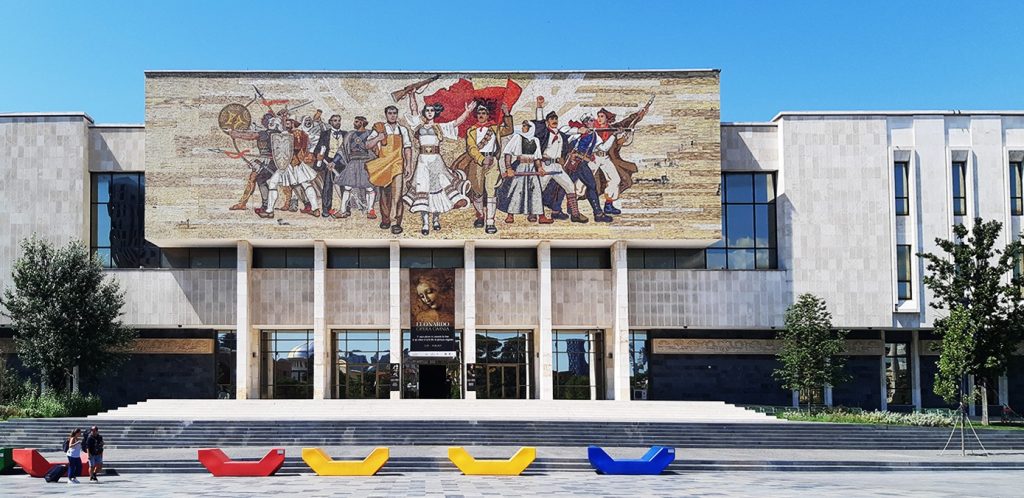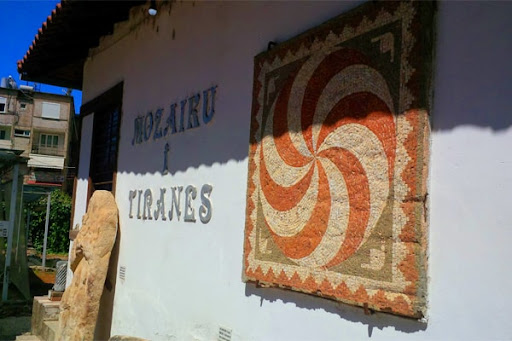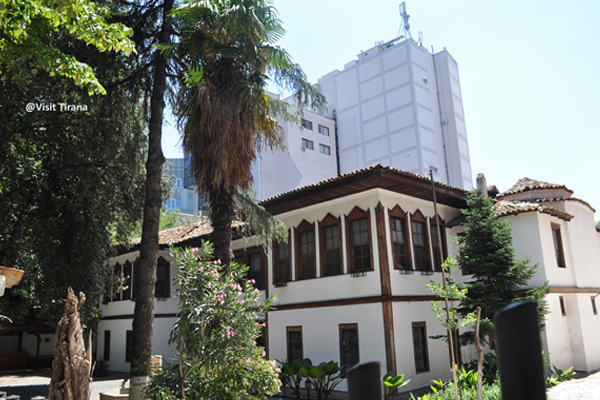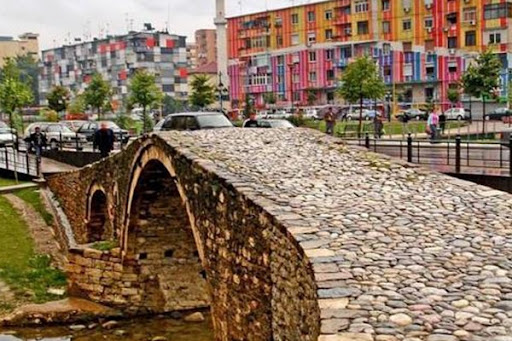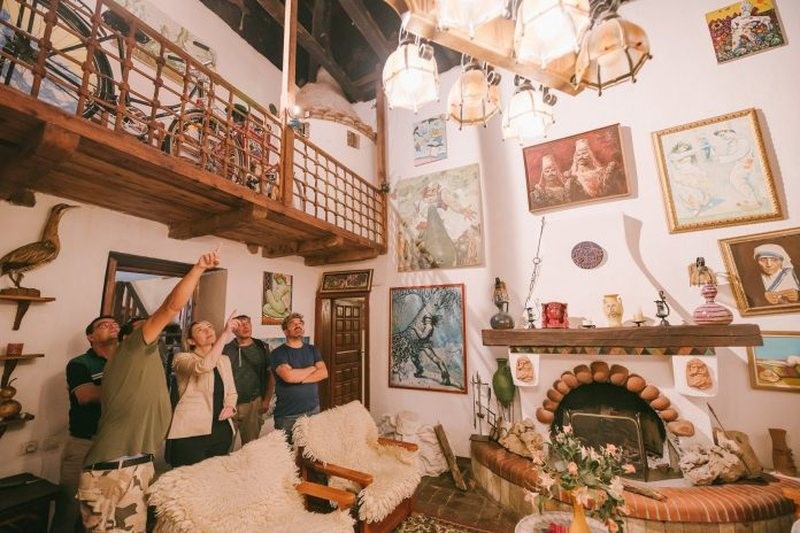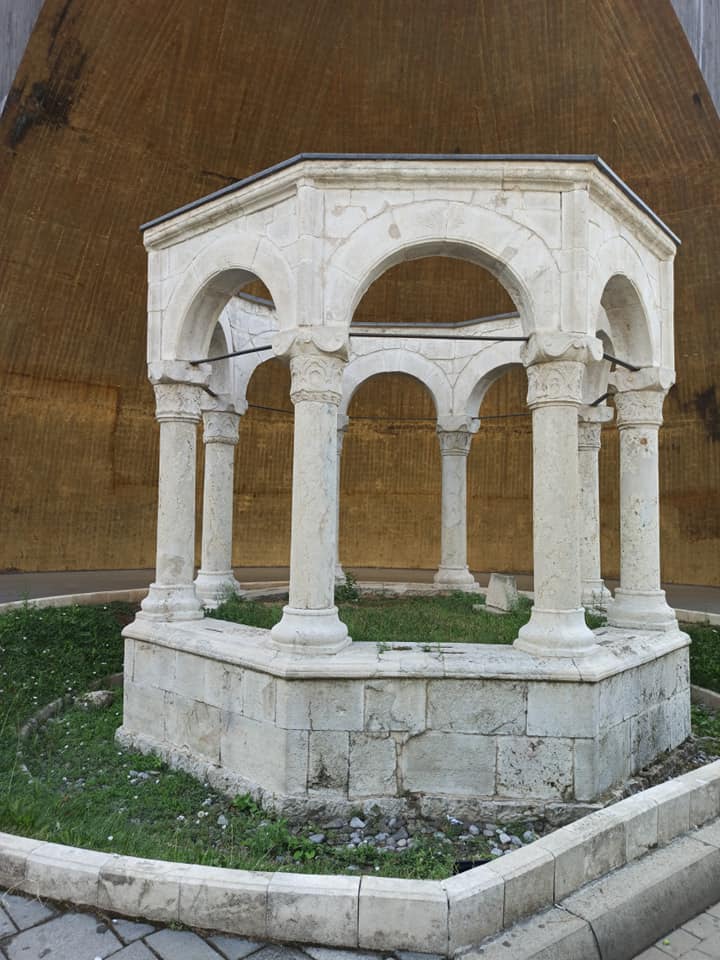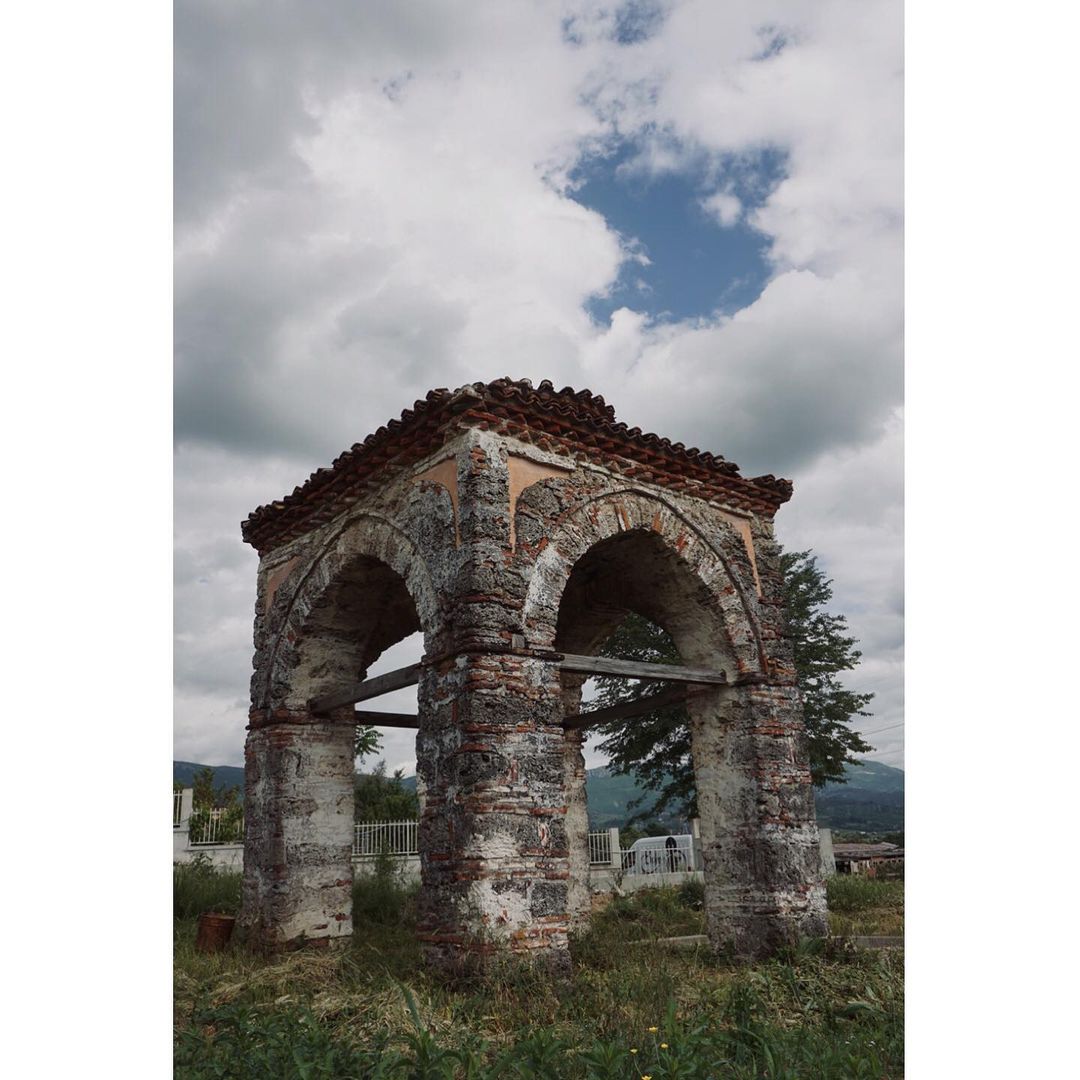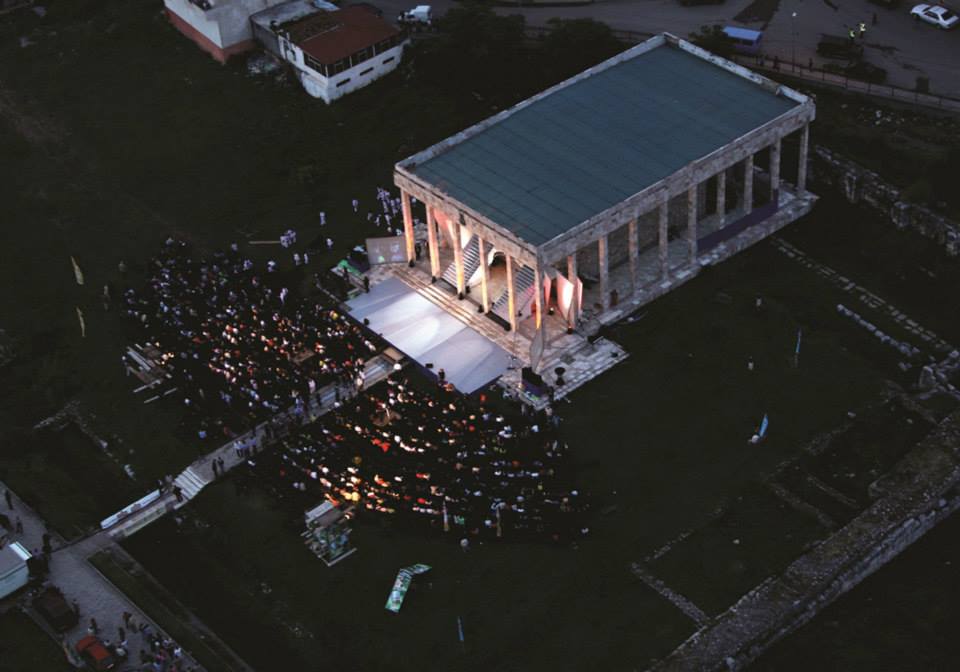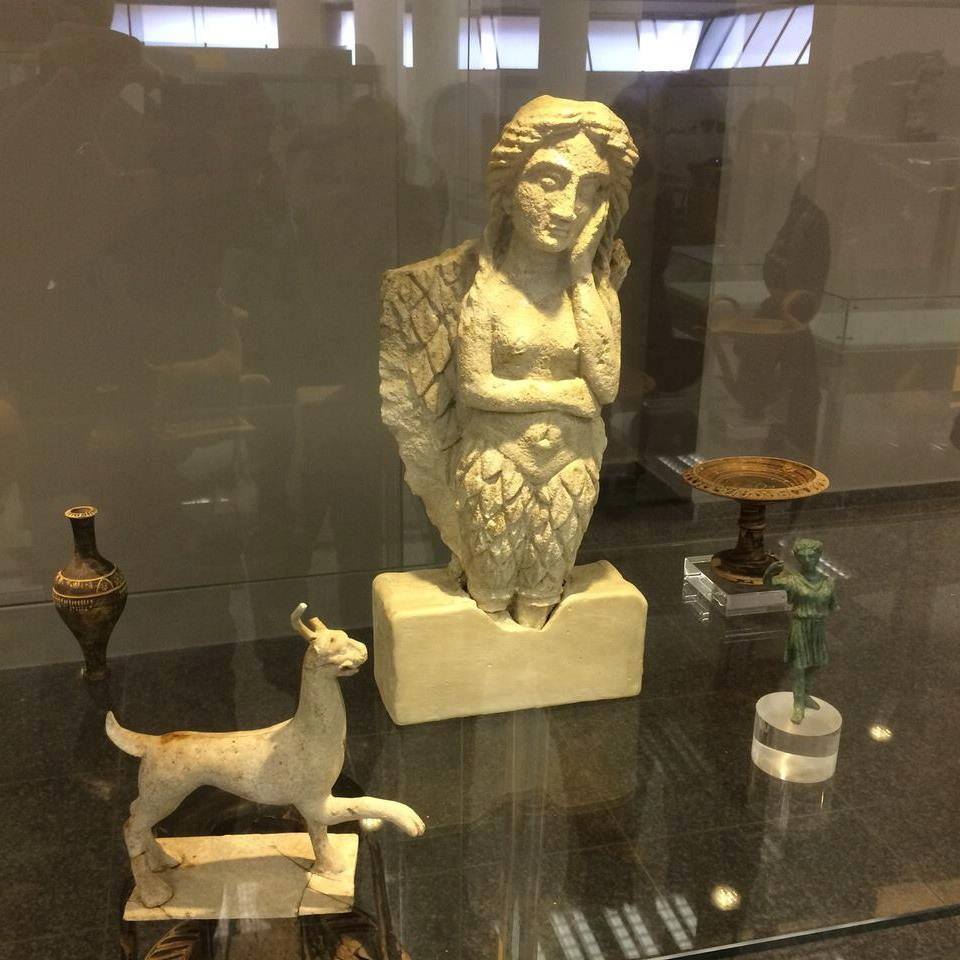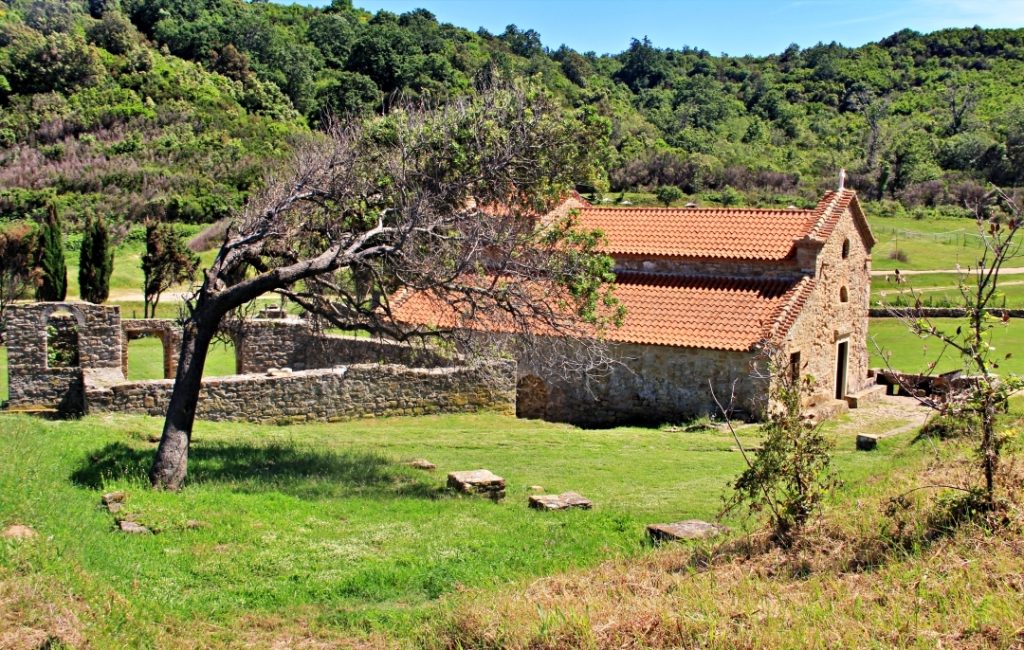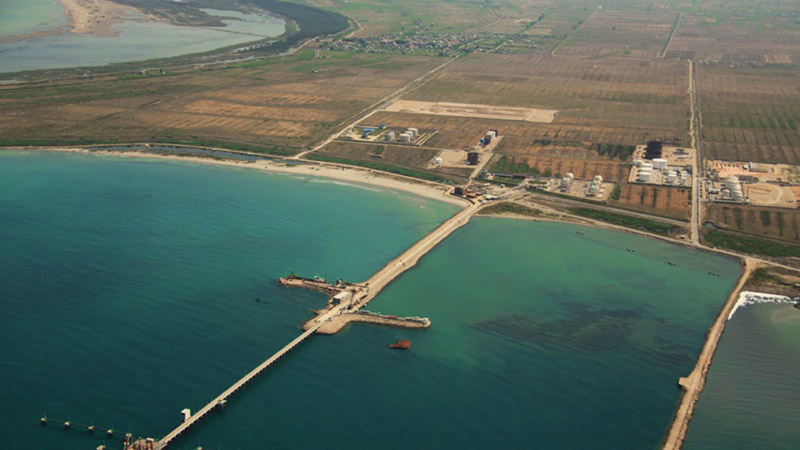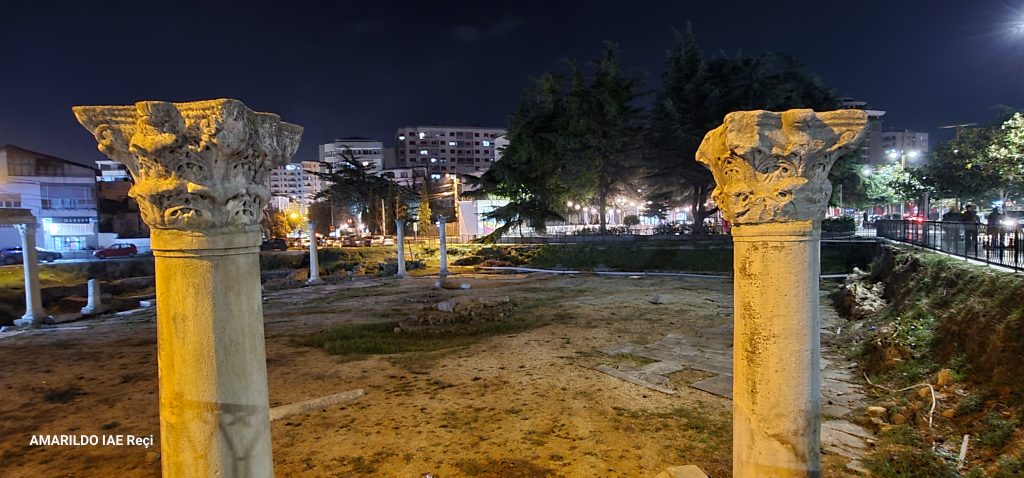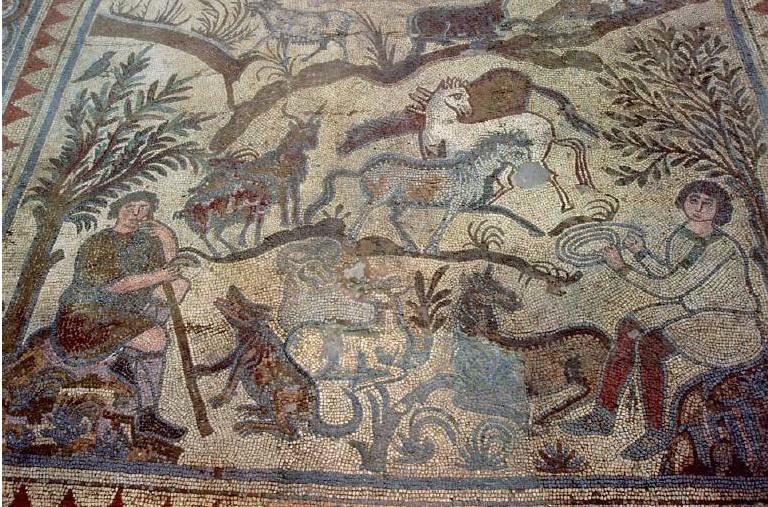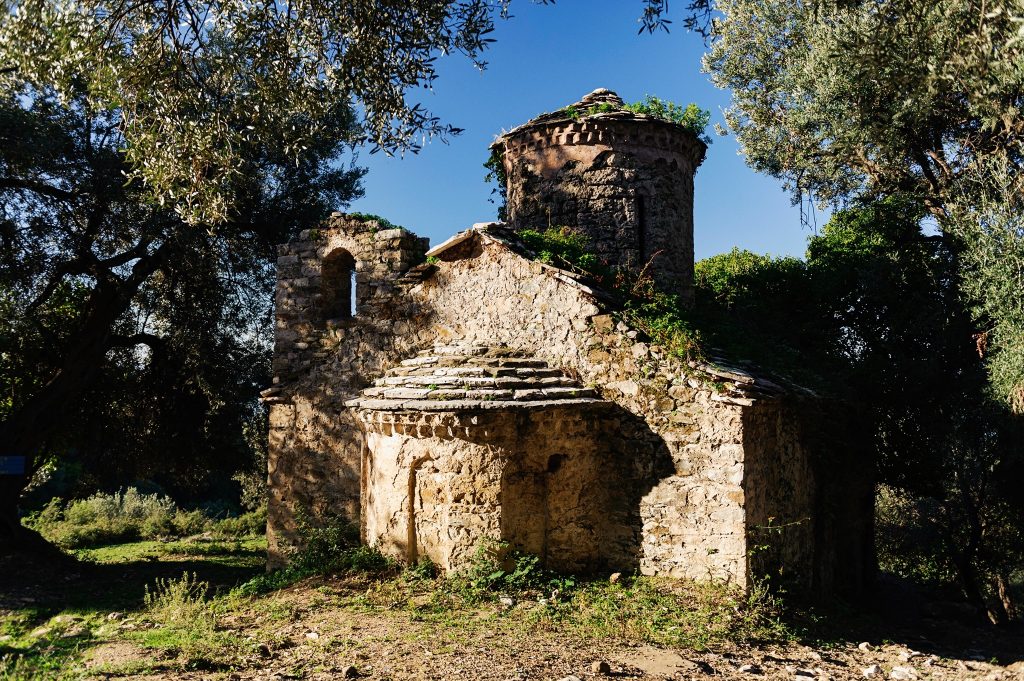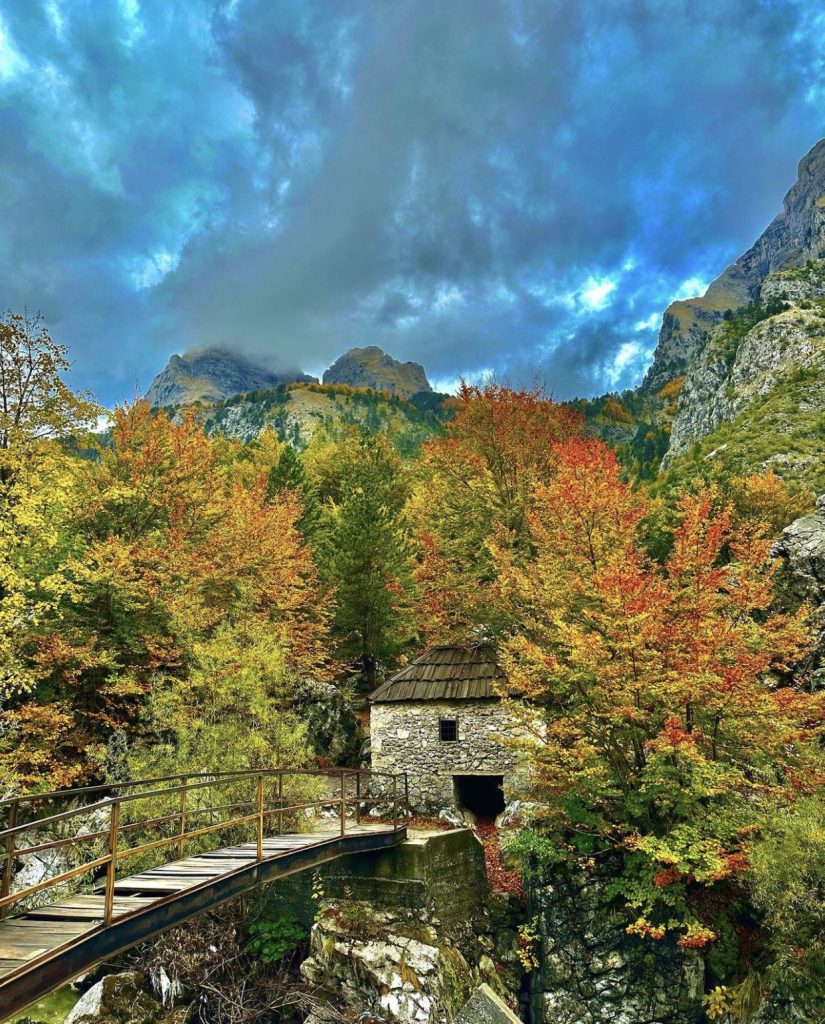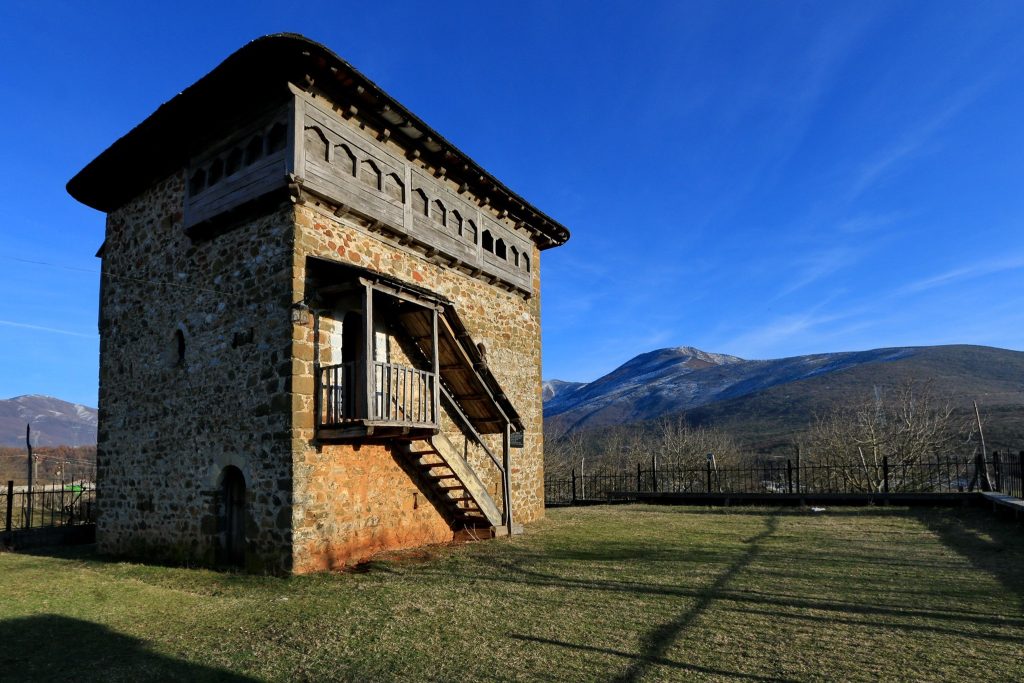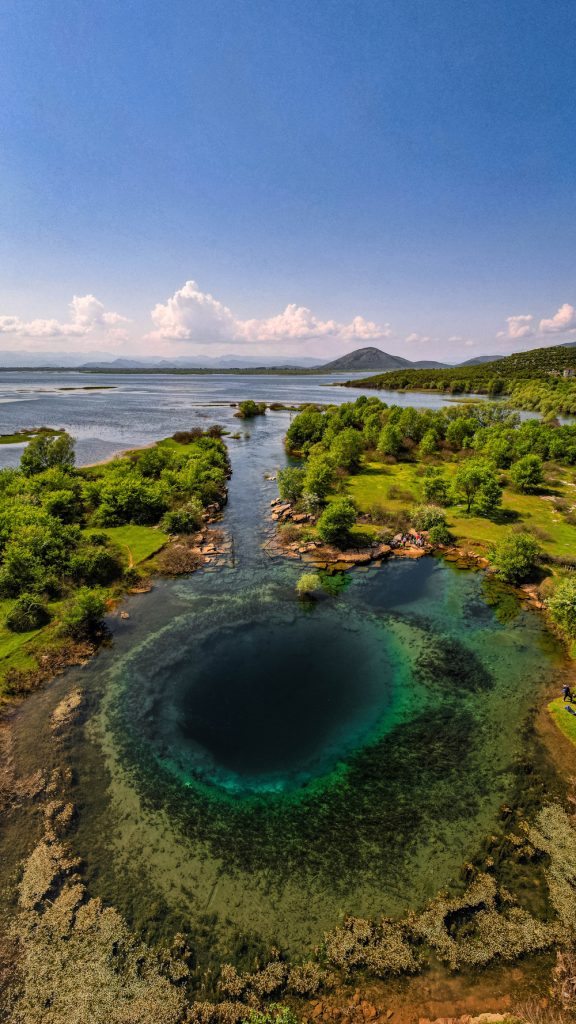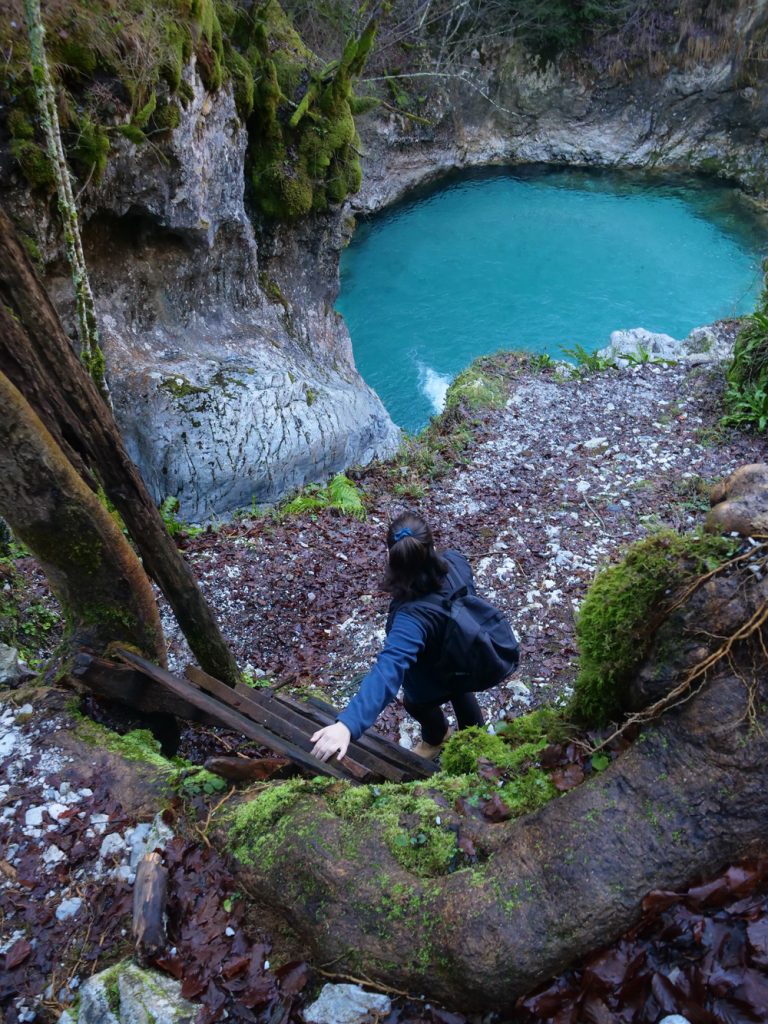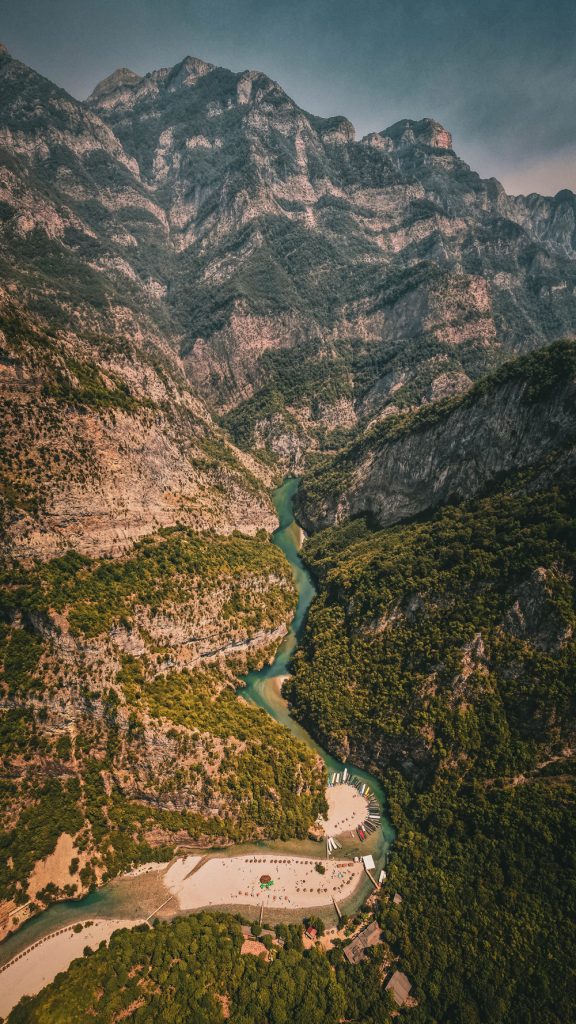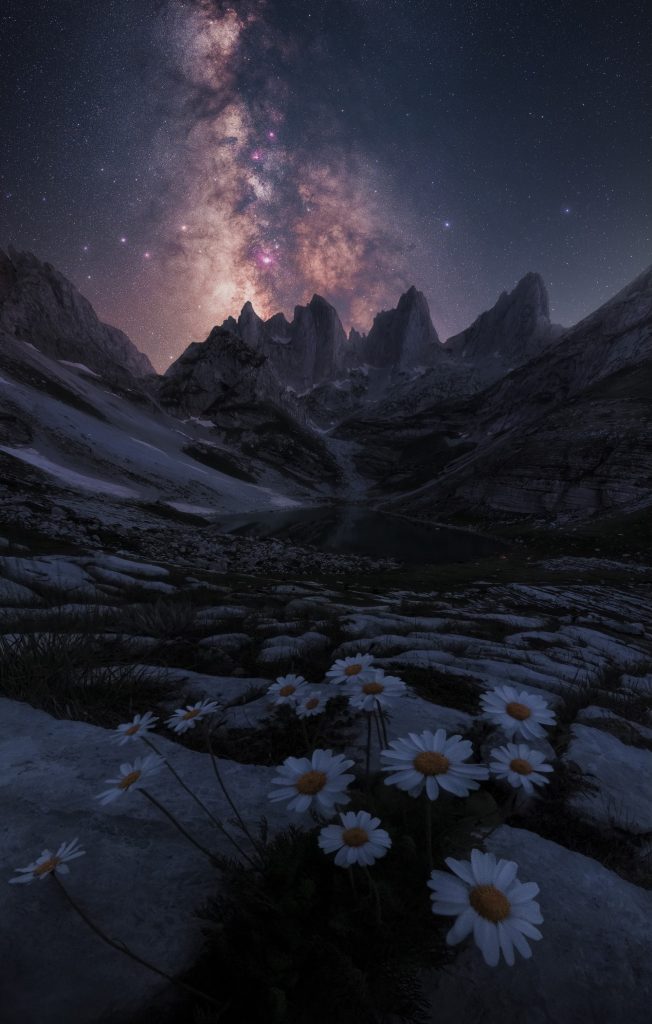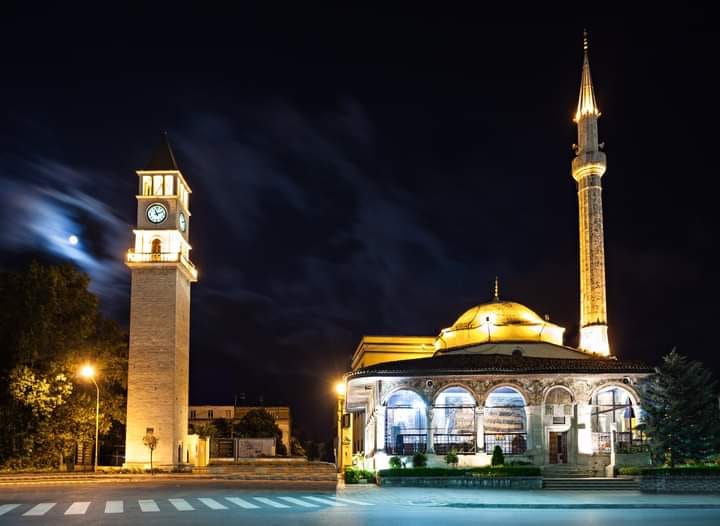
Xhamia e Et’hem Beut
Një nga atraksionet më të vizituara të Tiranës është xhamia e Et’hem Beut, e cila ndodhet në zemër të kryeqytetit shqiptar, në sheshin Skënderbej.
Si monument kulture i kategorisë së parë prej vitit 1948 dhe pjesë e qendrës historike të Tiranës, kjo xhami është ndër të paktat objekte të kultit në Shqipëri, që i shpëtoi shkatërrimit në vitet e regjimit diktatorial 50 vjeçar.
Xhamia e Et’hem Beut u ndërtua në fundin e shekullit të 18 dhe në fillim të shekullit të 19, nga pasardhësi i Sulejman Pashës, Molla Beu dhe u përfundua nga i biri, Haxhi Et’hem Beu. Arkitektura e mrekullueshme e xhamisë me harqet e bukura, minarenë, dritaret, sallat e brendshme, kubenë, shkallët dhe fasadat e pikturuara është impresionuese edhe sot e kësaj dite për turistë, studiues e vizitorët e shumtë, që vijnë në kryeqytet. Salla e madhe e lutjeve brenda saj është e mbuluar me kupolë gjysëm sferike dhe pa dritare. Punimet e drurit në sallat e brendshme të lutjeve janë të pasura në ornamente dhe forma gjeometrike të stilizuara bukur. Ndërsa portiku, apo siç njihet ndryshe në dialektin e Shqipërisë së mesme, hajati, është i shtruar me gurë, që mendohet se vijnë nga rrethinat malore të Tiranës. Xhamia e Et’hem Beut përfaqëson traditën orientale të ndërtimit dhe ka ndikuar në qendrën historike të Tiranës. Ndriçimi i mbrëmjes i dhuron një bukuri të spikatur ndërtesës së xhamisë, duke e bërë dominuese në të gjithë sheshin Skënderbej.
Et’hem Bey Mosque
One of the most visited attractions in Tirana is the Et’hem Bey Mosque, located in the heart of the Albanian capital, in Skanderbeg Square.
Designated as a first-category cultural monument since 1948 and part of Tirana’s historic center, this mosque is one of the few religious buildings in Albania that survived destruction during the 50-year dictatorial regime.
The Et’hem Bey Mosque was constructed at the end of the 18th century and the beginning of the 19th century by the successor of Sulejman Pasha, Molla Beu, and was completed by his son, Haxhi Et’hem Bey. The mosque’s stunning architecture, with its beautiful arches, minaret, windows, inner halls, dome, stairs, and painted facades, remains impressive to this day for tourists, researchers, and numerous visitors to the capital. The mosque’s large prayer hall is covered with a semi-spherical dome and is windowless. The woodwork in the interior prayer halls is richly ornamented with beautifully stylized geometric shapes. The portico, or “hajati” as known in the dialect of central Albania, is paved with stones believed to originate from the mountainous surroundings of Tirana. The Et’hem Bey Mosque represents the oriental tradition of construction and has influenced the historic center of Tirana. The mosque’s evening lighting endows the building with a striking beauty, making it dominant in Skanderbeg Square.

 English
English